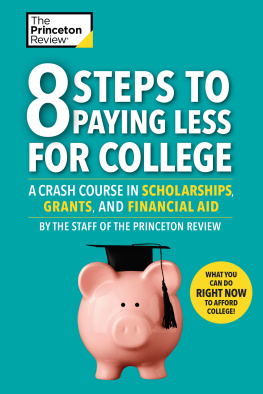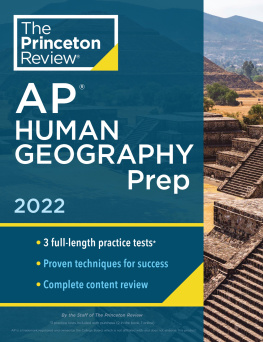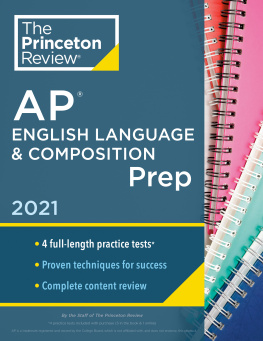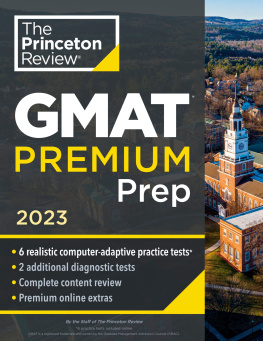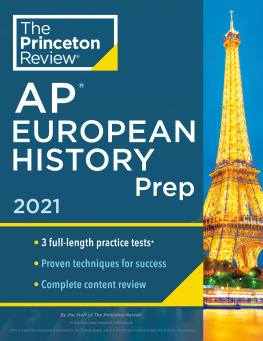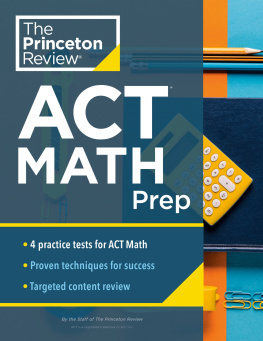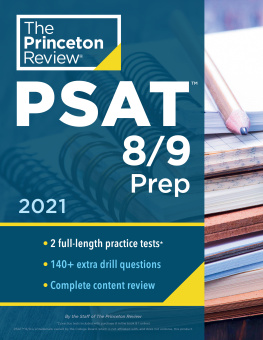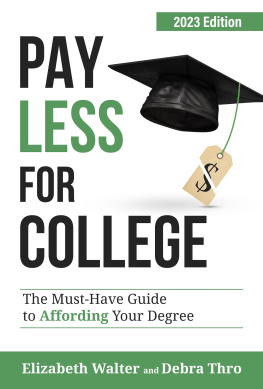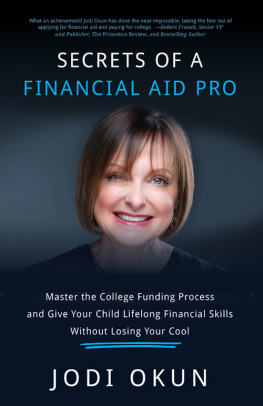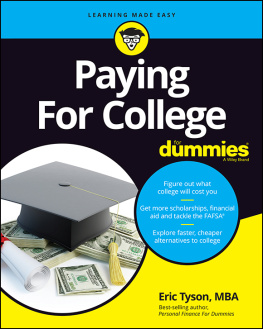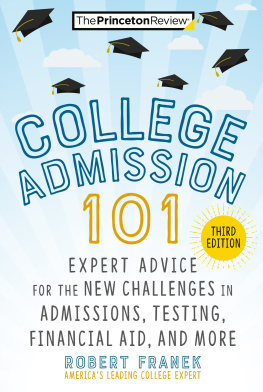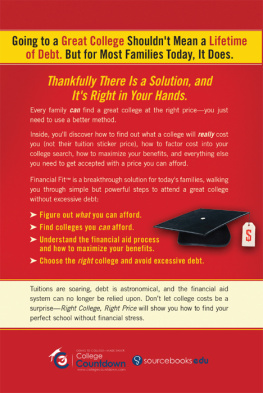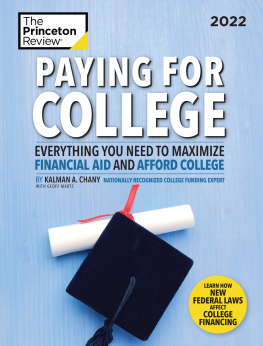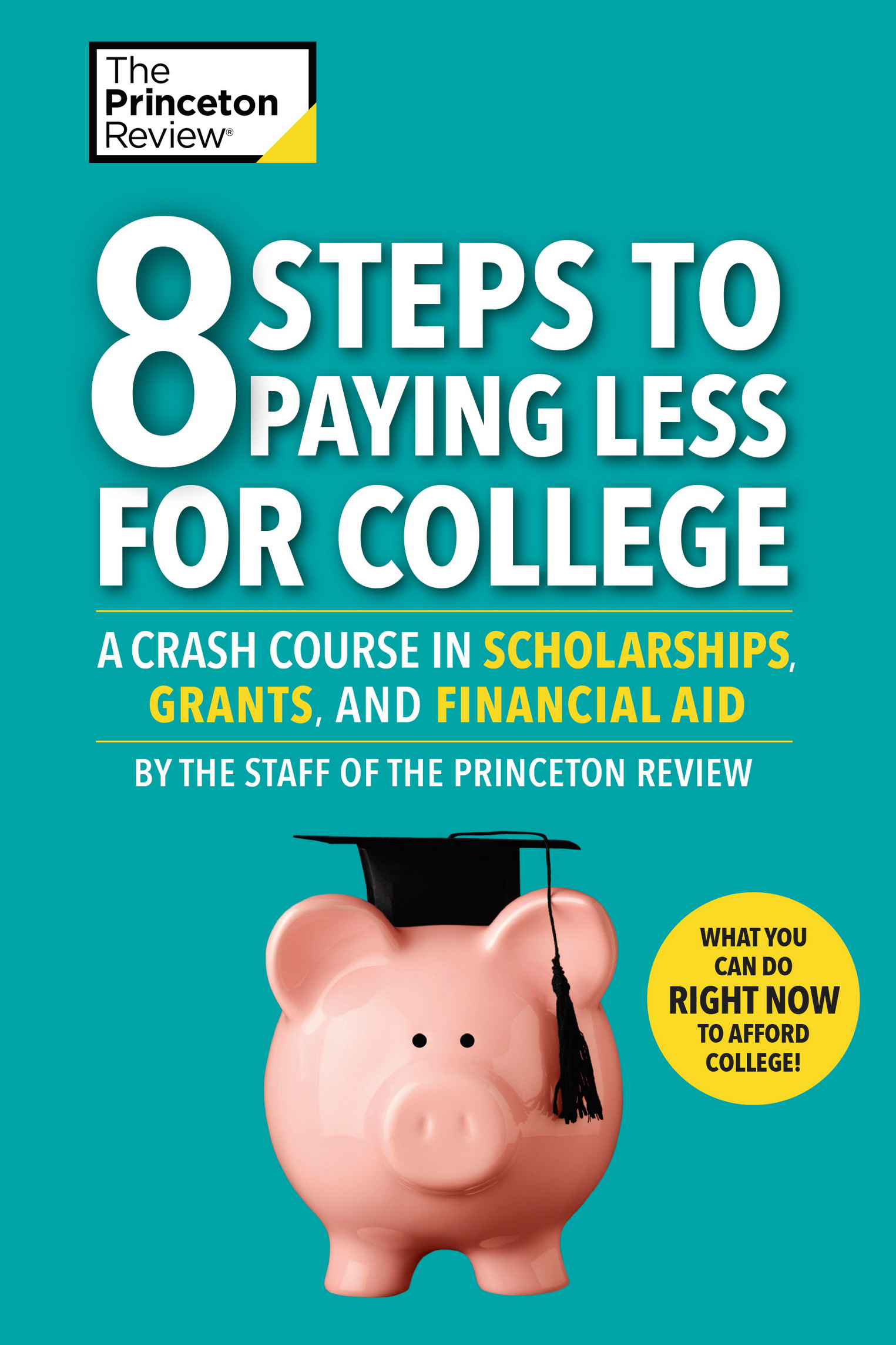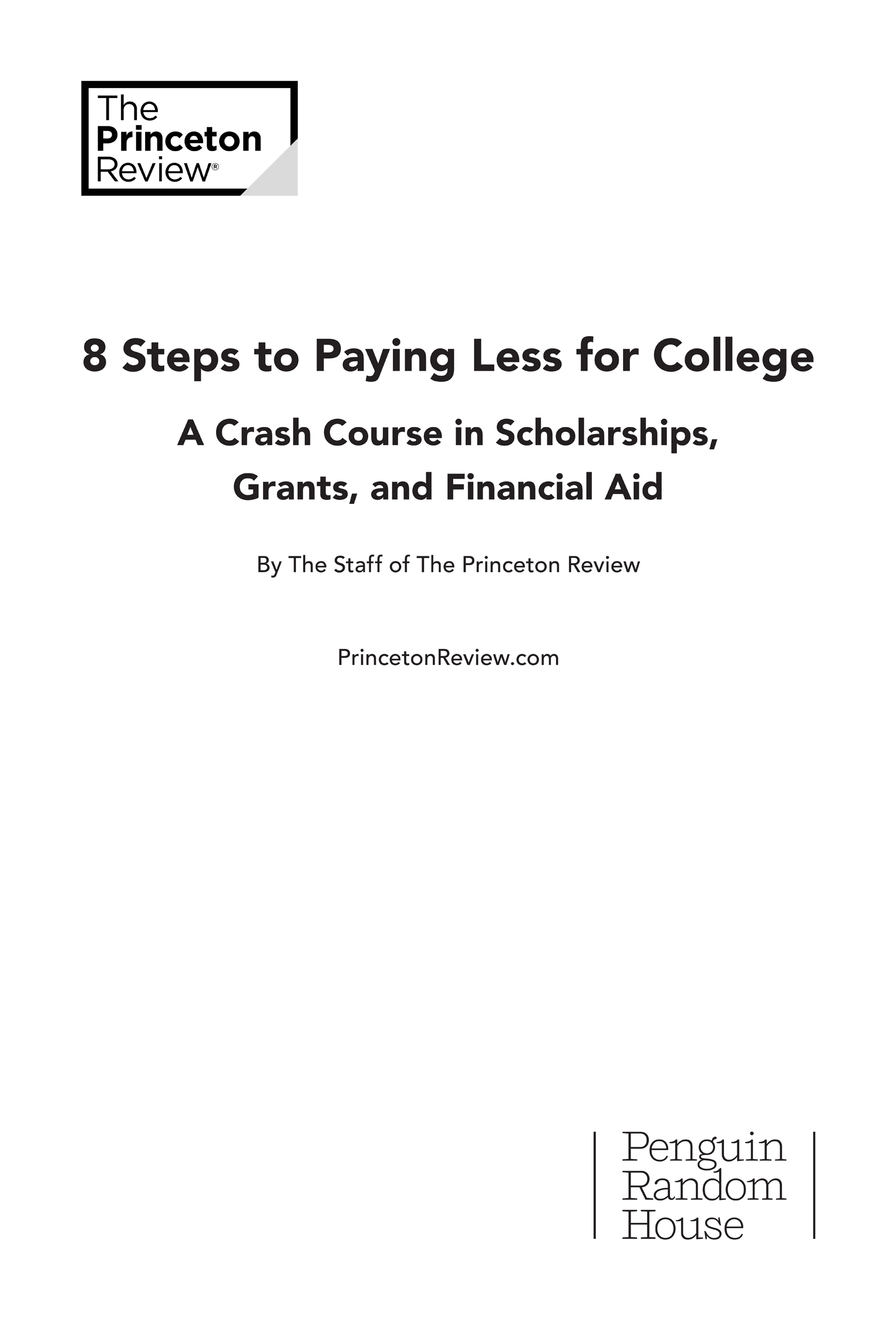Contents
Landmarks
Print Page List
Editorial
Robert Franek, Editor-in-Chief
David Soto, Director of Content Development
Danielle Correa, Editor
Stephen Koch, Student Survey Manager
Penguin Random House Publishing Team
Tom Russell, VP, Publisher
Alison Stoltzfus, Publishing Director
Ellen L. Reed, Production Manager
Amanda Yee, Associate Managing Editor
Suzanne Lee, Designer
The Princeton Review
110 East 42nd Street, 7th Floor
New York, NY 10017
E-mail:
Copyright 2018 by TPR Education IP Holdings, LLC
All rights reserved. Published in the United States by Penguin Random House LLC, New York, and in Canada by Random House of Canada, a division of Penguin Random House Ltd., Toronto.
This publication is designed to provide accurate information in regard to the subject matter covered as of the date of publication. Since tax laws, financial aid regulations, and government regulations change periodically, it is sold with the understanding that neither the publisher nor the authors are engaged in rendering legal, accounting, or other professional service. If legal advice or other expert assistance is required, the services of a competent professional person should be sought.
*Some content in this book previously appeared in Paying for College, published as a trade paperback by The Princeton Review, an imprint of Penguin Random House, LLC in 2018.
Trade Paperback ISBN9780525568001
Ebook ISBN9780525568018
The Princeton Review is not affiliated with Princeton University.
Cover art by Frannyanne / Alamy Stock Photo
Cover design by Suzanne Lee
v5.4
a
Table of Contents
Go to PrincetonReview.com/guidebooks.
Enter the following ISBN for your book: 9780525568018.
Answer a few simple questions to set up an exclusive Princeton Review account. (If you already have one, you can just log in.)
Click the Student Tools button, also found under My Account from the top toolbar. Youre all set to access your bonus content!
Once youve registered you can
Take a full-length practice SAT.
Take a full-length practice ACT.
Get valuable advice about applying to college.
Need to report technical issue?
Contact and provide:
your full name
email address used to register the book
full book title and ISBN
computer OS (Mac/PC) and browser (Firefox, Safari, etc.)
Acknowledgments
This book would not have been possible without the following individuals here at The Princeton Review and beyond: Jen Adams, who was instrumental in the development of this title, and editor Danielle Correa, Scott Harris of Best Content Solutions, and production editor, Melissa Duclos, who transformed the various pieces of the manuscript into the book now in your hands. Wed like to thank Robert Massa, our colleague and friend, for his expertise in financial aid and attention to detail when reviewing the pages of this book. Our continued thanks to our data collection masters David Soto and Stephen Koch for their successful efforts in collecting and accurately representing the statistical data that informs parts of this book.
Most of all, thank you to our readerswe hope this book proves useful in your journey to finding the best financial aid package that suits you and your family. Good luck!
Rob Franek and The Staff of The Princeton Review
Start Now:
Becoming Financially Fit
Introduction
Depending on which survey you read, between 70 and 80 percent of all college-bound high school students were accepted by their first-choice college last year. Except for a handful of schools, selectivity has gone by the board. Nowadays, the problem is not so much getting into college, but paying for it once you are there.
The cost of a four-year private college education has passed the $250,000 mark at some schools, which is enough to cause even the most affluent of parents to want to sit down and cry. The public Iviesstate schools with excellent reputationshave been raising their tuition even faster than the privates. If there is a bright side to all this it is that there is a great deal of financial aid availableand we are talking billions of dollars.
At these prices, almost every family now qualifies for some form of assistance. Many parents dont believe that a family that makes over $150,000 a year, owns their own home, and holds substantial assets could possibly receive financial aid. These days, that familyprovided it is presented in the right lightalmost certainly does, depending, of course, on the cost of the college in question.
The college financial aid officer (known in college circles as the FAO) is charged with helping the college to enroll students at just the right price. The FAO does not want to spend more moneyor less than necessary to enroll a student. Let the financial aid officer do his jobbelieve us, hes very good at it. But in the meantime, you have to do your job, which is to use the rules of financial aid to maximize your eligibility for financial aid and scholarships.
Earnings, assets, and tuition prices aside, one fact trumps all: Parents and students who understand how to apply for financial aid get more financial aid. That said, remember that the primary responsibility for financing an education rests with the family. This book is not about shirking your responsibility. It is about using the need- and merit-based policies to maximize your eligibility for aid.
So lets be clear: this is not gaming the system. Whether you know it or not, youve been contributing to financial aid funds for years. Each April, you pay federal taxes, a piece of which goes straight to the federal student aid programs. You pay state taxes, part of which goes directly to state schools and to provide grant programs for residents attending college in-state. You may even make contributions to the alumni fund-raising campaign at your own college. You have paid all these years so that someone can get a college education, and now is the time when you can lay claim to some of these funds for your own son or daughter.
10 Financial Aid Myths That Are Holding You Back
You may have heard a lot of myths about paying for college: thats to be expected when youre talking about an act that goes back for centuries. Your father may have had to join the Army to get through state school, and your friends smart niece may not have even applied to private universities because there was no way her family could afford it. But, as youll learn in this book, none of that is necessarily true.

